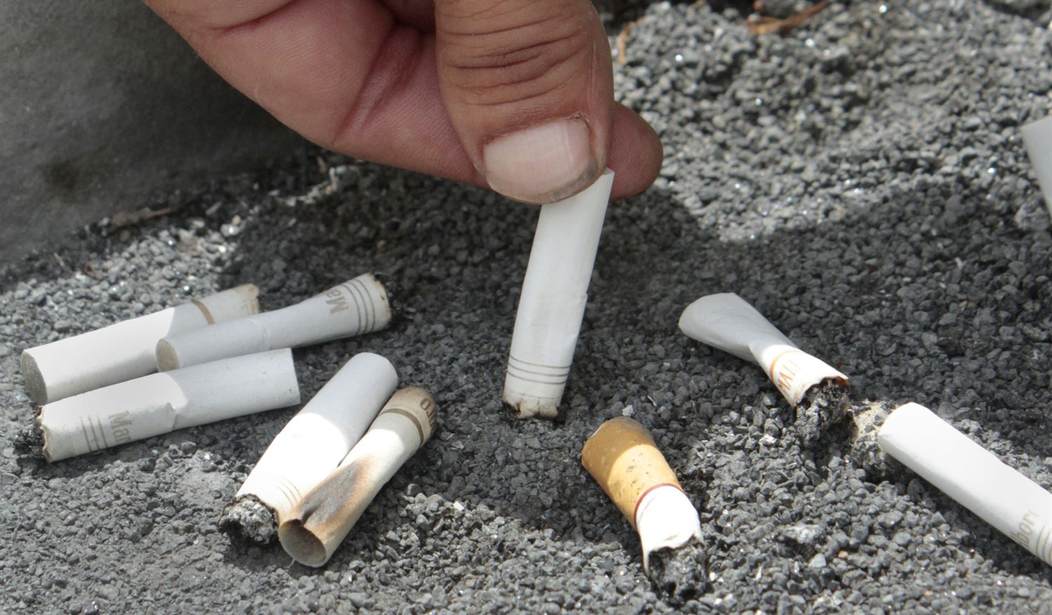On May 31, the World Health Organization (WHO) will celebrate the 37th anniversary of World No Tobacco Day (WNTD). This year’s theme, “protecting children from tobacco industry interference,” is consistent with the WHO's ongoing focus on youth. However, this prioritization should not come at the expense of the 1.3 billion adults who smoke.
The WHO is clinging to a youth alarmist narrative to push governments worldwide to restrict adult access to safer alternatives to cigarettes. In February, the Framework Convention on Tobacco Control (FCTC) met in Panama for its 10th Conference of the Parties (COP10). The FCTC, the first health treaty of its kind, has more than 180 signatories committed to following the WHO’s guidance on reducing the burden of tobacco. Initially conceived as a health promotion tool, the FCTC consistently pushes against novel tobacco harm reduction products, including e-cigarettes, nicotine pouches, and heated tobacco products.
At COP10, the FCTC Secretariat went so far as to denounce the 1.3 billion adults who smoke (and those who want to quit) worldwide, stating that the interests of these adults looking to quit with alternatives should never be considered if just one child uses an age-restricted tobacco product.
In 2024, WNTD highlights a growing issue regarding tobacco use and the efforts to reduce its associated burden. It is not public health organizations like the WHO that are promoting the use of safer alternatives but rather the industry responding to market forces. Despite the rhetoric, e-cigarettes and their flavored options were a response to smoking consumers who had repeatedly failed to quit using traditional government-approved nicotine replacement therapies, not a marketing ploy by large tobacco manufacturers. In the U.S., e-cigarettes first came to market in 2007, four years before a major tobacco company offered an e-cigarette option.
Recommended
Alarmingly, public health agencies are giving cigarettes an advantage, despite mounting evidence that modern tobacco harm reduction products are not only less harmful than combustible cigarettes, but are also significantly reducing smoking rates among adults. In Japan, cigarette sales are underperforming compared to heated tobacco product sales. In the U.S., cigarette sales were down 10 percent due to the increasing popularity of disposable e-cigarette products.
While concern over youth is warranted, public health agencies are hiding behind youth, twisting numbers and data, and decrying a fake youth vaping epidemic. Among American youth, vaping peaked in 2019 when 20 percent reported past-month e-cigarette use. Despite this, youth vaping has dramatically declined since then, with less than one in 10 (7.7 percent) U.S. middle and high school students reporting current e-cigarette use in 2023.
In other countries, now bombarded with a Bloomberg-funded anti-vaping campaign, youth vaping rates are hardly an epidemic. In Canada, past-month e-cigarette use among students in grades 6 through 12 decreased by 33.9 percent from 2018-19 to 2021-22. In the UK, Action on Smoking and Health found “no significant change” in the percentage of 11 to 17-year-olds who were currently vaping between 2022 and 2023.
Moreover, the WHO and other tobacco harm reduction opponents claim to care about protecting youth but fail to understand why youth are vaping. In 2021, among U.S. youth who were currently vaping, the most cited reason was feeling anxious, depressed, or stressed. Nearly half (43.4 percent) cited using e-cigarettes to self-medicate feelings of stress, while only 13.2 percent cited using e-cigarettes because of flavors. In Canada, among youth in grades 7 through 12, the most common reason for using e-cigarettes was “to relax or relieve tension,” with one in five (20.4 percent) reporting using e-cigarettes for relaxation. Only 7.4 percent of Canadian youth who were vaping cited using them because of flavors.
The WHO continues to ignore these student surveys and implores governments to ban the sale of flavored e-cigarettes. In December 2023, the WHO called for “urgent action” to “protect children.” The organization falsely claims that e-cigarettes have not been proven effective for smoking cessation and that countries should reduce their appeal by banning all flavor options, limiting nicotine content, and imposing an excise tax.
Numerous studies and real-life declines in cigarette use indicate that e-cigarettes are effective cessation tools. Moreover, adults worldwide appreciate and rely on flavors in such products to quit smoking and remain smoke-free.
But the WHO doesn’t seemingly care about the adults who smoke. In the 37 years of WNTD, the organization has only once had a theme that wasn’t condescending to adults. In 2020, the theme was “commit to quit.” Still, the quit-or-die strategy has failed the billions of adults who smoke, ignoring that some adults are unable or unwilling to quit combustible cigarettes and need all available options to reduce exposure to the well-known harms of cigarette smoke.
The WHO’s persistent focus on protecting youth at the expense of adults who smoke represents a significant misstep in global tobacco control efforts. Effective public health strategies should recognize the importance of harm reduction and support adults in their efforts to quit smoking or reduce their exposure to harmful tobacco smoke. It is crucial for the WHO to shift its approach and consider the needs of the 1.3 billion adults who smoke, ensuring they have access to all available options to lead healthier lives.
Lindsey Stroud is a Senior Fellow at the Taxpayers Protection Alliance.

























Join the conversation as a VIP Member